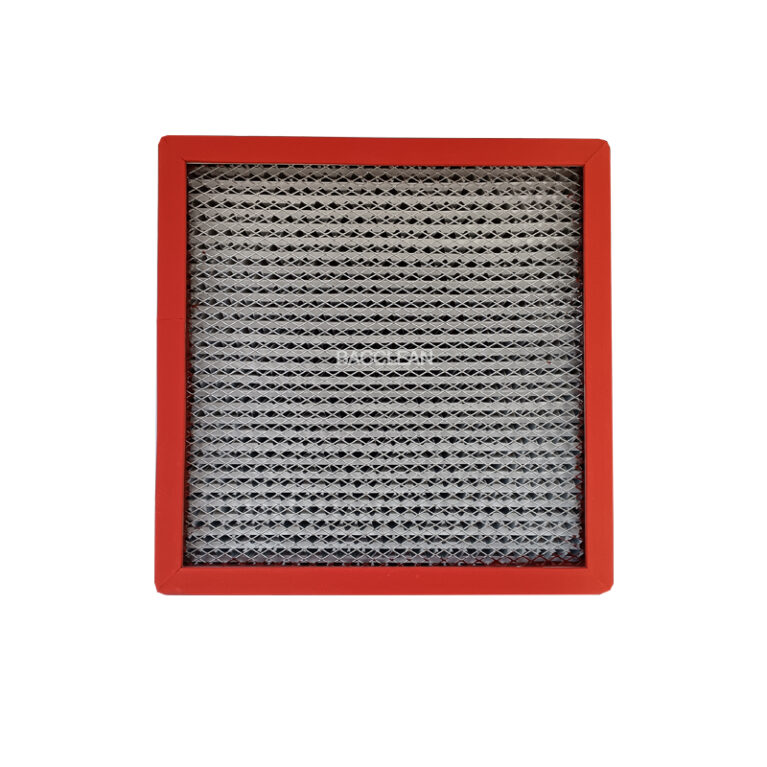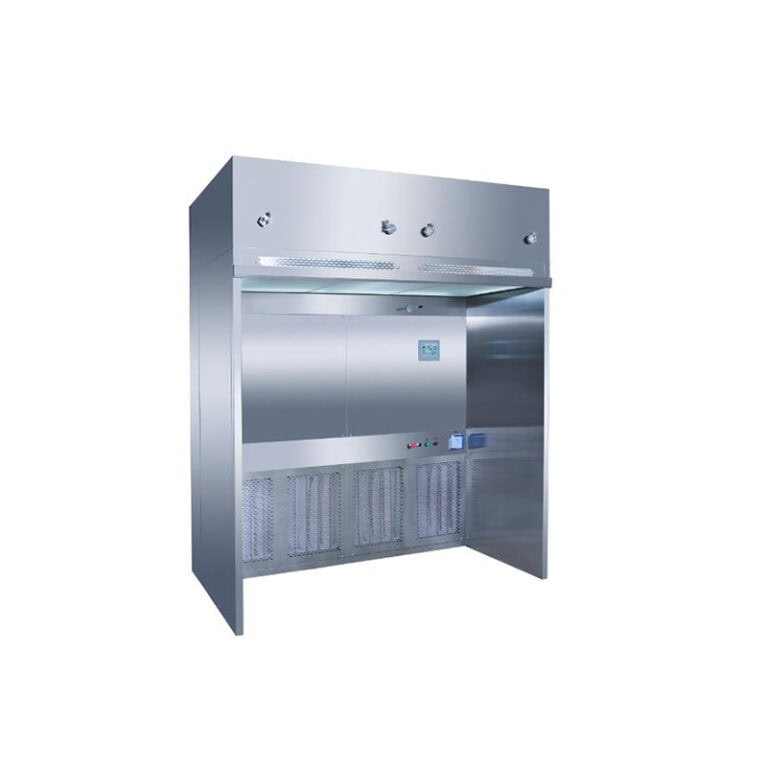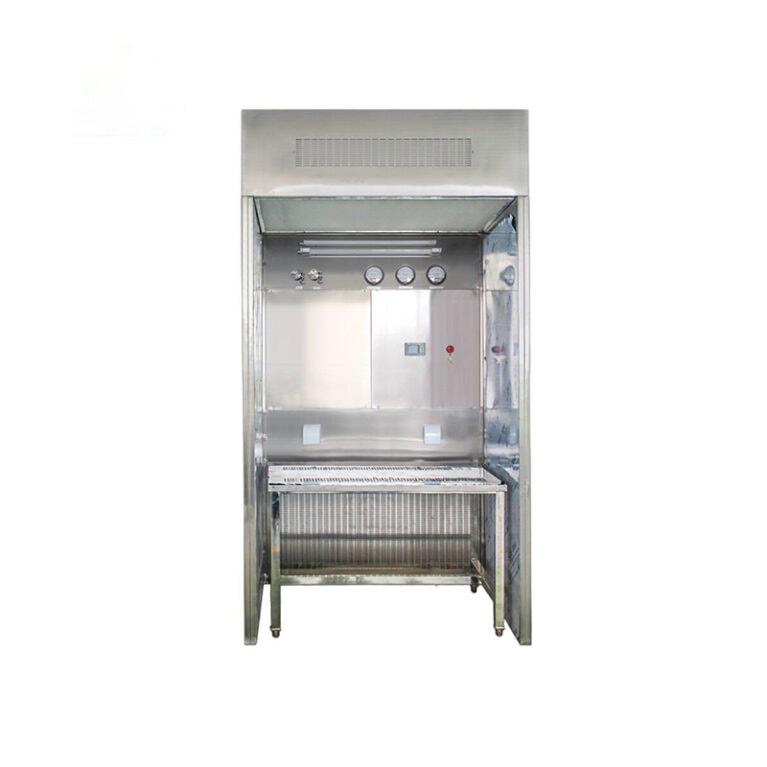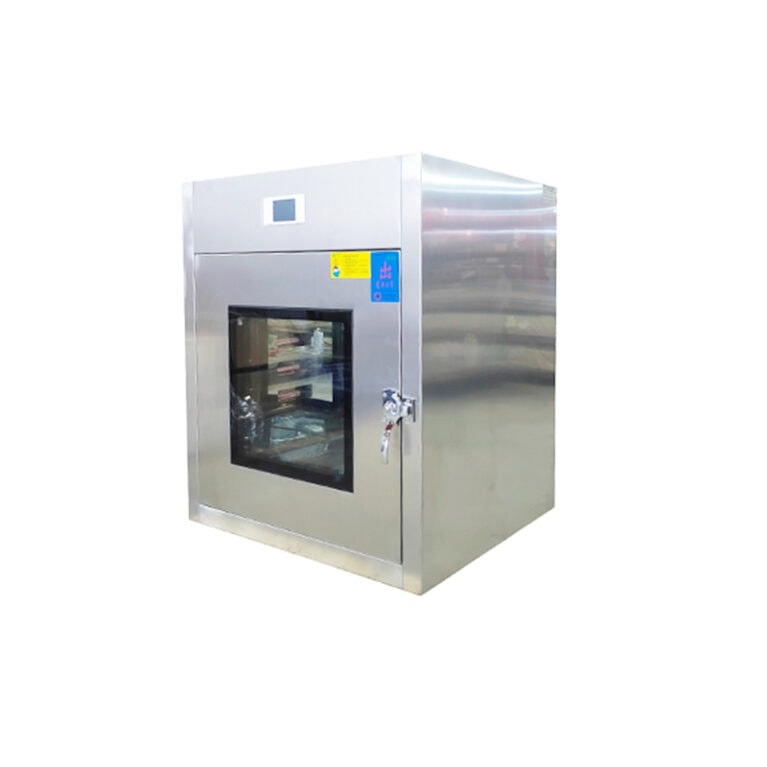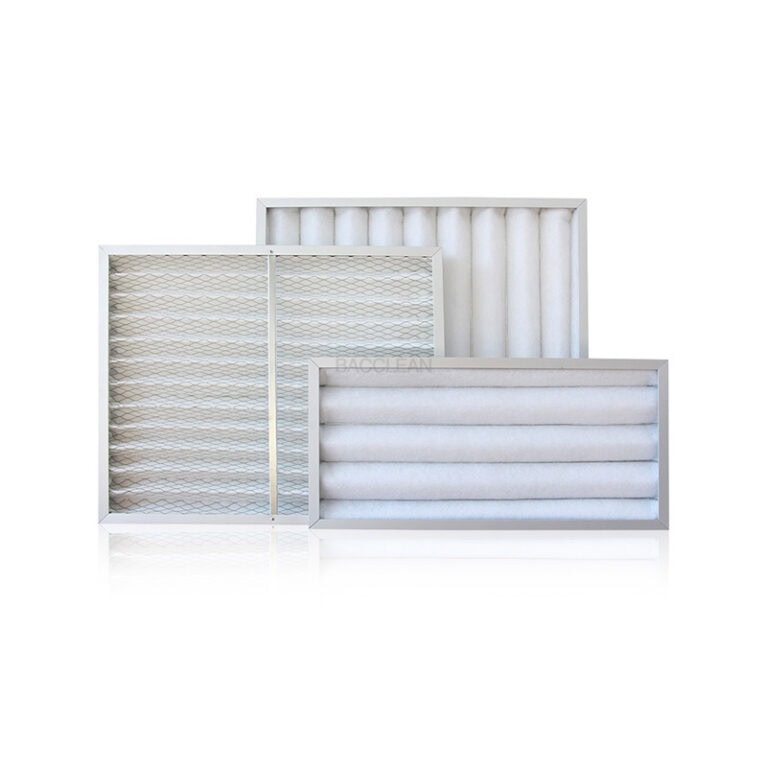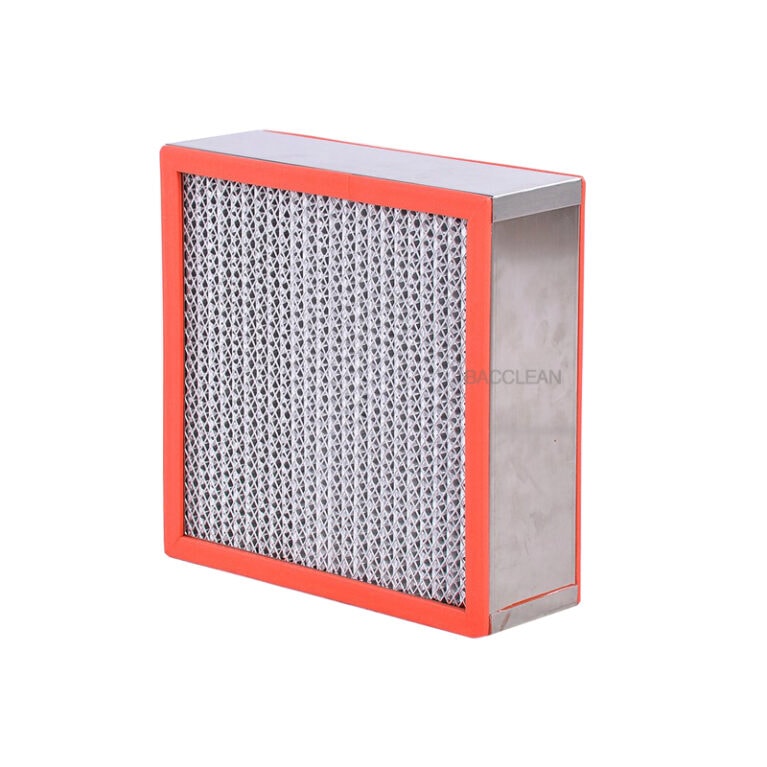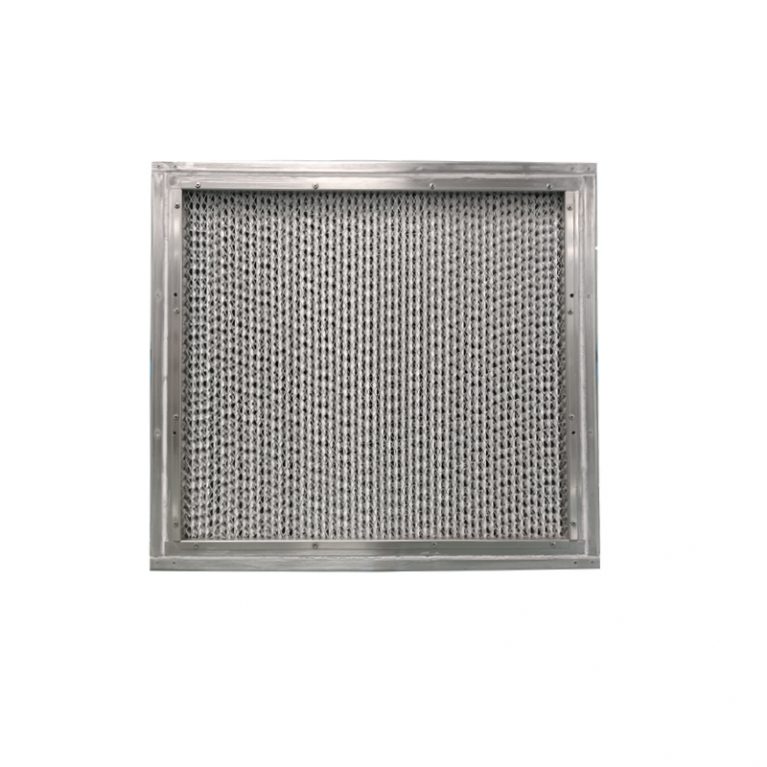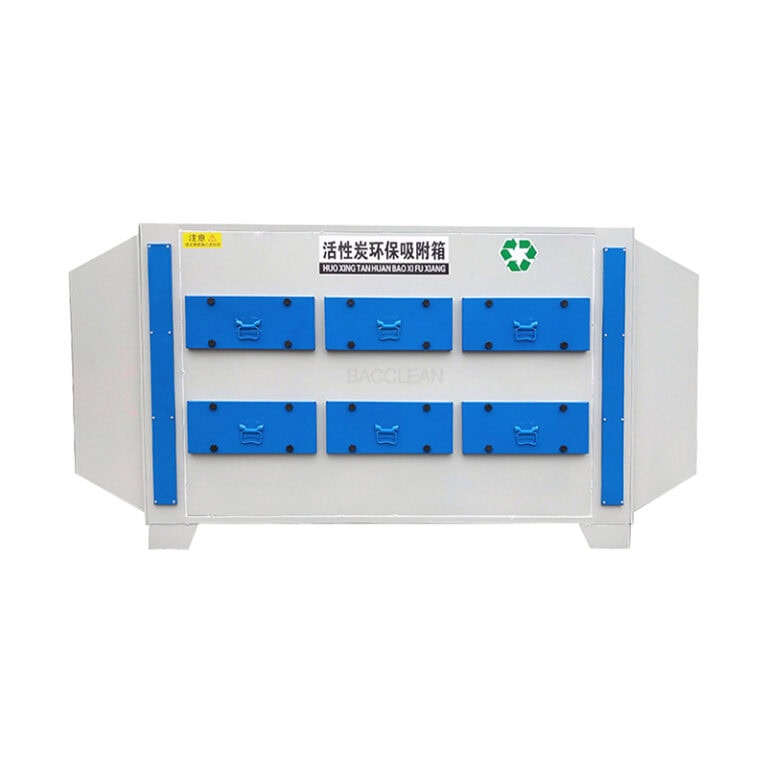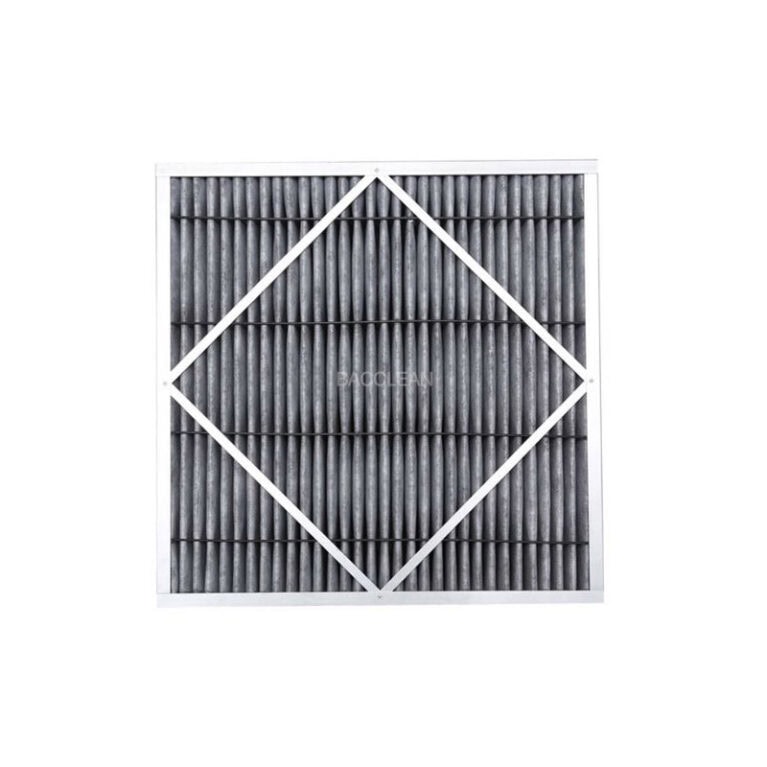En raison de leurs caractéristiques fonctionnelles différentes, l'armoire d'adsorption au charbon actif et l'armoire de pressurisation d'air frais présentent des différences évidentes dans leurs scénarios d'application, comme suit :
I. Scénarios applicables aux cabines d'adsorption à charbon actif
Le principe de l'armoire d'adsorption à charbon actif est d'adsorber les odeurs et les polluants organiques présents dans l'air (tels que le formaldéhyde, les COV, les odeurs nauséabondes, etc.) grâce au charbon actif, en se concentrant sur la purification de l'air existant sans qu'il soit nécessaire d'introduire de l'air frais à l'extérieur. Il convient aux scénarios suivants :
1. Lieux présentant des polluants ou des odeurs locaux
Espaces nouvellement rénovés/réaménagés : les résidences, les bureaux, les chambres d'enfants, etc. nouvellement rénovés peuvent absorber les gaz nocifs tels que le formaldéhyde, le benzène et les COVT libérés par les matériaux de décoration, réduisant ainsi la concentration des polluants intérieurs.
Cuisine/salle à manger : Pour les cuisines familiales et les arrière-cuisines des petits restaurants, il peut absorber l'odeur des fumées de cuisson et des résidus alimentaires, réduisant ainsi la propagation des fumées de cuisson à l'intérieur.
Salle de bains/zone d'activité des animaux domestiques : Les odeurs d'humidité, d'excréments d'animaux ou de corps dans la salle de bains peuvent être rapidement améliorées dans la qualité de l'air local grâce à l'adsorption du charbon actif.
Laboratoire/petit atelier : Lieu où s'effectuent les opérations de réactifs chimiques, d'encres, de colles, etc., qui peut adsorber les gaz volatils nocifs (tels que l'acétone, le toluène), protégeant ainsi la santé des opérateurs.
2. Scénarios où les conditions de ventilation sont limitées mais où la purification de l'air est nécessaire
Espaces de stockage étanches Les espaces de stockage étanches, tels que les penderies, les armoires à chaussures et les salles de stockage en sous-sol, peuvent réduire les odeurs désagréables causées par l'humidité et les moisissures, et empêcher la contamination des vêtements et des objets.
Petites cabines de bureau/salles de réunion : Lorsqu'il y a beaucoup de monde ou des odeurs temporaires (comme des odeurs de nourriture ou de fumée), l'air est purifié par circulation afin de maintenir le confort.
À l'intérieur de la voiture : Un petit dispositif d'adsorption au charbon actif peut absorber les odeurs et le formaldéhyde libérés par le cuir et le plastique à l'intérieur du véhicule, améliorant ainsi le micro-environnement à l'intérieur de la voiture.
3. Scénarios dans lesquels des polluants spécifiques doivent faire l'objet d'un traitement particulier
Résidences situées à proximité des sites de reproduction : Absorber l'ammoniac, les odeurs et autres gaz irritants provenant des fermes d'élevage.
Petits ateliers d'impression/de peinture par pulvérisation : Traiter les déchets organiques volatils pendant le processus de production afin de réduire l'impact sur l'environnement (à utiliser en conjonction avec une ventilation par aspiration).
Ii. Scénarios d'application de l'armoire de surpression d'air frais
Le cœur de l'armoire de surpression d'air frais est d'introduire de l'air frais extérieur filtré et de maintenir une pression intérieure positive par pressurisation, en se concentrant sur la résolution des problèmes de "ventilation insuffisante" et d'"intrusion de polluants externes". Il convient aux scénarios suivants :
1. Un espace fermé qui nécessite un apport continu d'air propre et frais.
Bâtiments résidentiels situés dans des zones de smog ou de mauvaise qualité de l'air : Après avoir filtré les PM2,5, le pollen et la poussière de l'extérieur, ils sont envoyés dans la pièce. Dans le même temps, la pression positive est utilisée pour empêcher l'air non filtré de s'infiltrer par les interstices des portes et des fenêtres, protégeant ainsi les personnes âgées, les enfants et les personnes souffrant d'allergies.
Immeubles de grande hauteur/appartements fermés : Mauvaises conditions de ventilation naturelle. L'air frais est acheminé vers les zones centrales telles que les chambres à coucher et les salles de séjour par le biais d'armoires de surpression d'air frais afin de réduire la concentration de CO₂ et d'éviter la turbidité de l'air.
Sous-sol/semi-sous-sol : Humide et mal ventilé. L'introduction d'air frais sec et filtré peut réduire les moisissures et l'humidité, tout en équilibrant la pression de l'air.
2. Endroits répondant aux exigences en matière de pression et de propreté de l'air
Salles de consultation des hôpitaux/zones de soins à domicile : Il est nécessaire de maintenir une pression positive à l'intérieur pour empêcher l'invasion de bactéries extérieures et protéger les patients ou les personnes dont l'immunité est affaiblie (comme celles qui se remettent d'une intervention chirurgicale).
Salle de stockage d'instruments de précision : dans les salles de stockage de matériel photographique et d'appareils électroniques, la pression positive est utilisée pour empêcher la poussière de pénétrer, et l'air est maintenu propre grâce à la fonction de filtration.
Gymnase/studio de yoga : Lorsque les gens font de l'exercice, ils ont besoin d'une grande quantité d'air frais. L'armoire de surpression d'air frais peut rapidement remplacer l'air vicié intérieur (contenant une odeur de sueur et un taux élevé de CO₂), améliorant ainsi le confort de l'exercice.
3. Scénarios avec des populations denses et nécessitant une ventilation efficace
Dans les salles de classe ou les établissements de formation, lorsqu'il y a beaucoup d'étudiants, le CO₂ est susceptible de dépasser la norme. L'armoire de surpression d'air frais renouvelle continuellement l'air frais afin de réduire le risque de transmission de pathogènes et de garantir un environnement d'apprentissage sain.
Petits bureaux/salles de réunion : L'isolement prolongé entraîne un air vicié. En faisant circuler de l'air frais, il est possible d'améliorer l'efficacité des bureaux et de réduire la "maladie de la climatisation".
Résumé
Armoire d'adsorption à charbon actif : La "purification par circulation interne" convient au traitement des odeurs et des gaz nocifs dans l'air ambiant, principalement dans les espaces locaux ou les environnements où la ventilation est limitée.
Armoire à air frais sous pression : "Introduction externe + anti-pollution pressurisée", adaptée aux scénarios fermés/sensibles où l'air frais doit être renouvelé, la pression de l'air contrôlée et la pollution externe protégée.
Les deux peuvent être utilisés en combinaison (par exemple, l'armoire à air frais introduit de l'air pur et l'armoire à charbon actif traite les odeurs résiduelles dans la pièce), mais leurs fonctions sont irremplaçables.
